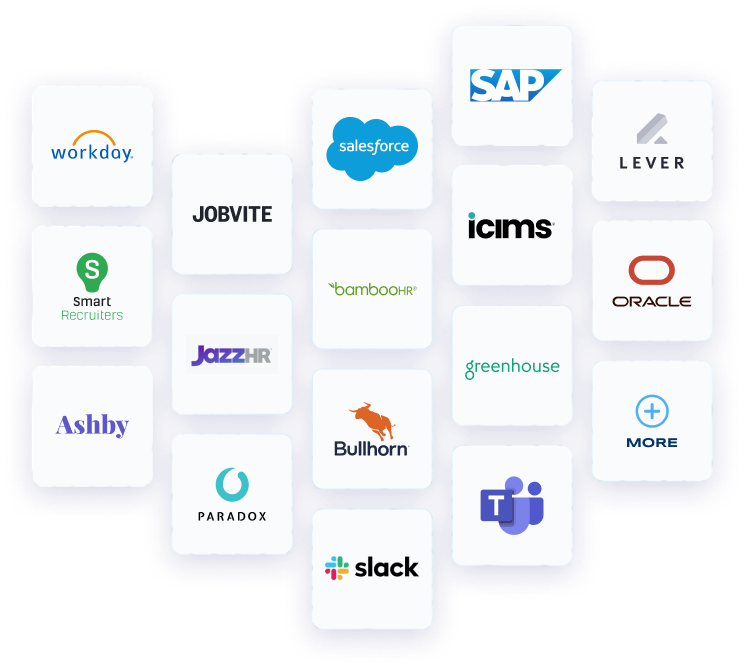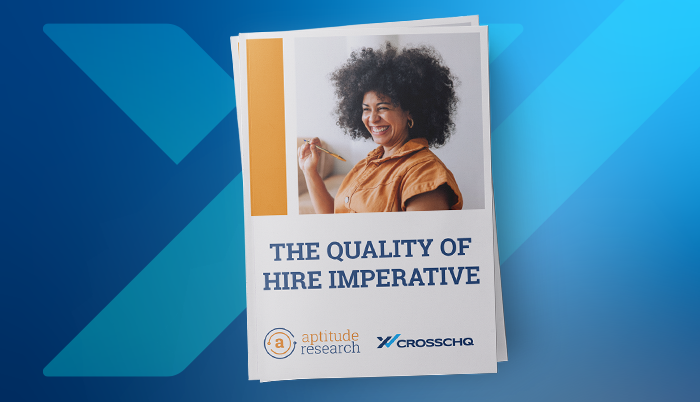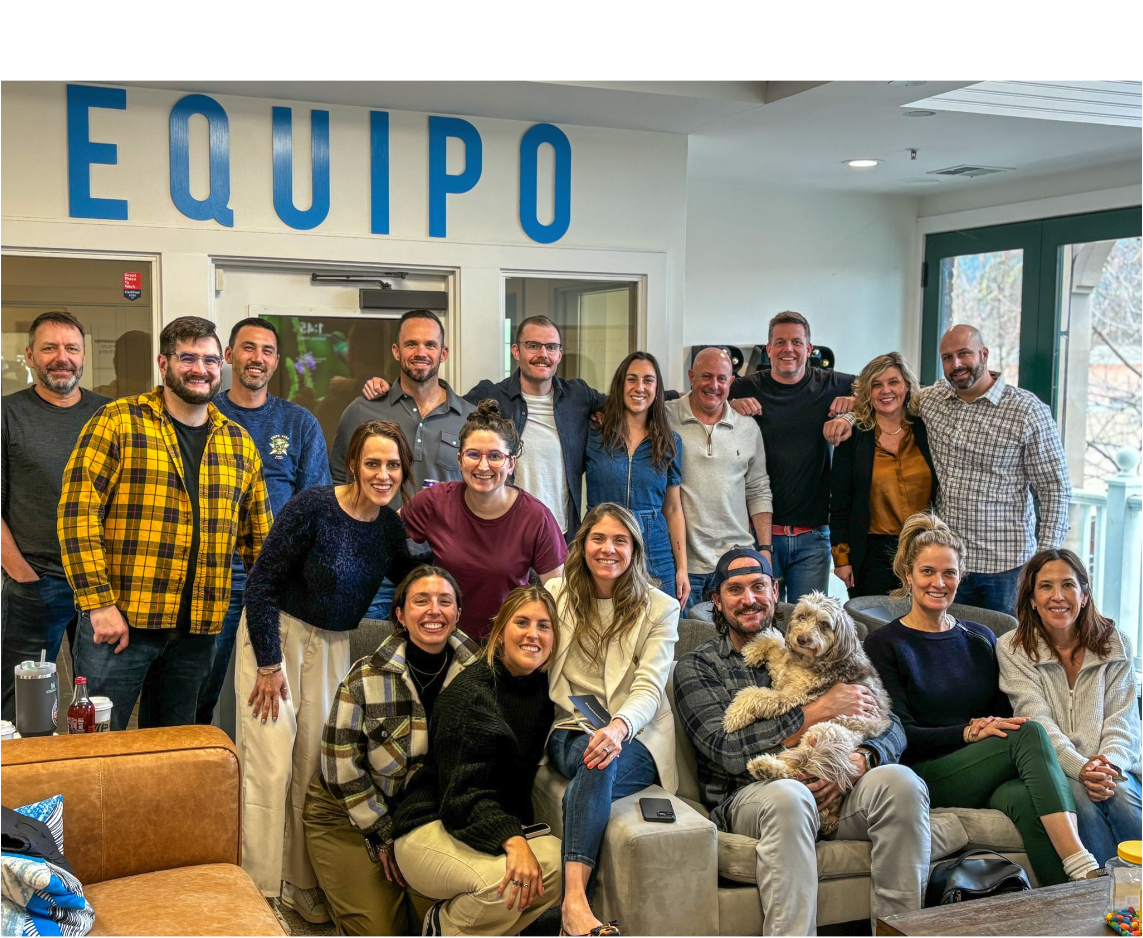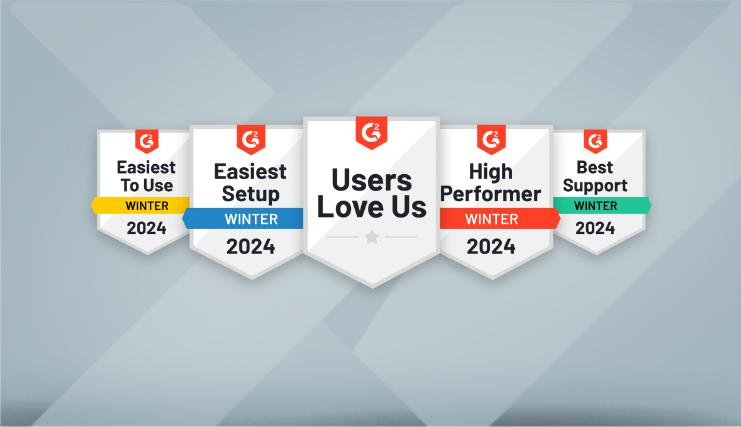

Crosschq Blog
How to Verify References: A Practical Guide for HR and Talent Leaders

To verify references effectively, HR professionals should:
-
Obtain candidate consent in writing
-
Use standardized reference check forms or call scripts
-
Ask job-specific, performance-based questions
-
Cross-check details against the candidate’s resume and interviews
-
Document all responses for compliance and consistency
Now let’s break it down.
Why Reference Verification Still Matters in a Data-Driven World
In an era where hiring technology is advancing rapidly, some companies are deprioritizing reference checks. That’s a mistake.
When done right, verifying references gives HR and TA teams a clearer picture of how a candidate performs in the real world—not just how they present in interviews or on paper.
The key? Don’t treat reference checks as a final checkbox. Use them strategically to validate high-potential hires, detect inconsistencies, and reduce time-to-productivity.
Step-by-Step: How to Verify References Without Wasting Time
1. Get Candidate Consent (Always in Writing)
Before contacting any referees, secure written consent from the candidate. This ensures compliance with employment law and data privacy regulations (GDPR, CCPA).
Pro Tip: Ask for at least two references who can speak to different dimensions of the candidate’s work—ideally one direct manager and one peer.
2. Standardize the Verification Process
Ad hoc reference calls are risky. They lead to inconsistent evaluations and open the door to bias. Instead:
-
Use a reference check form or structured call script
-
Ask the same set of questions across all candidates for a given role
-
Align questions with competencies the role requires
This approach not only protects your organization legally but also makes reference data more measurable. For a full walkthrough, see Crosschq’s Reference Check Solutions.
3. Focus on Performance and Behavior, Not Personality
When verifying references, surface-level praise (“They were great!”) is rarely helpful. Dig deeper with questions like:
-
What kind of impact did the candidate have on your team?
-
Can you describe a time they handled conflict or feedback?
-
How did they perform under pressure or in periods of high change?
-
What type of work environment or manager brings out their best?
Avoid asking about age, family status, or other non-job-related characteristics, which can introduce legal risk.
4. Validate, Don’t Just Record
Reference verification isn’t just about collecting praise or concerns—it’s about cross-checking.
Ask yourself:
-
Do the referee’s responses align with what the candidate shared in their interviews?
-
Are the responsibilities and outcomes consistent with the resume?
-
Do the behavioral patterns match the hiring manager’s observations?
A reference that contradicts the candidate’s narrative isn’t always a dealbreaker—but it’s a signal to probe further before finalizing a hire.
5. Document Everything and Store Securely
Even when conducted informally, reference checks should be documented and stored with the candidate’s file.
This supports:
-
Hiring audits and compliance reviews
-
Future performance evaluation discussions
-
Internal mobility or succession planning
If your team uses a talent intelligence platform like Crosschq, reference feedback can be analyzed alongside skills data, assessments, and performance insights.
What to Do When References Are Unavailable
Sometimes a candidate can’t provide a recent reference—due to layoffs, confidentiality, or other valid reasons. In those cases:
-
Accept peer or project-based references if appropriate
-
Consider backchannel references cautiously and only with permission
-
Supplement with validated performance data from past roles (if available)
Reference checking is a risk-management tool. Lack of references isn’t an automatic no—but it’s a reason to increase diligence elsewhere.
Advanced Tip: Integrate Reference Data Into Hiring Metrics
HR and talent teams increasingly treat reference feedback as structured data, not anecdotes. When centralized and analyzed across hires, reference insights can help you:
-
Predict new hire success
-
Identify traits linked to top performance in specific roles
-
Validate post-hire engagement and retention patterns
For advanced organizations, reference data is part of an integrated hiring intelligence model—not just a back-office task.
Conclusion: Reference Verification is a Strategic Advantage, Not a Formality
If you want better quality of hire, fewer onboarding failures, and stronger team alignment, reference verification should be a non-negotiable part of your hiring playbook.
By systematizing the process, asking the right questions, and aligning verification with role-specific competencies, HR and talent leaders can move faster—while hiring smarter.
To streamline your reference check workflow and unlock deeper hiring intelligence, explore how Crosschq helps organizations modernize reference verification.
Take the Guesswork
Out of Hiring
Schedule a demo now
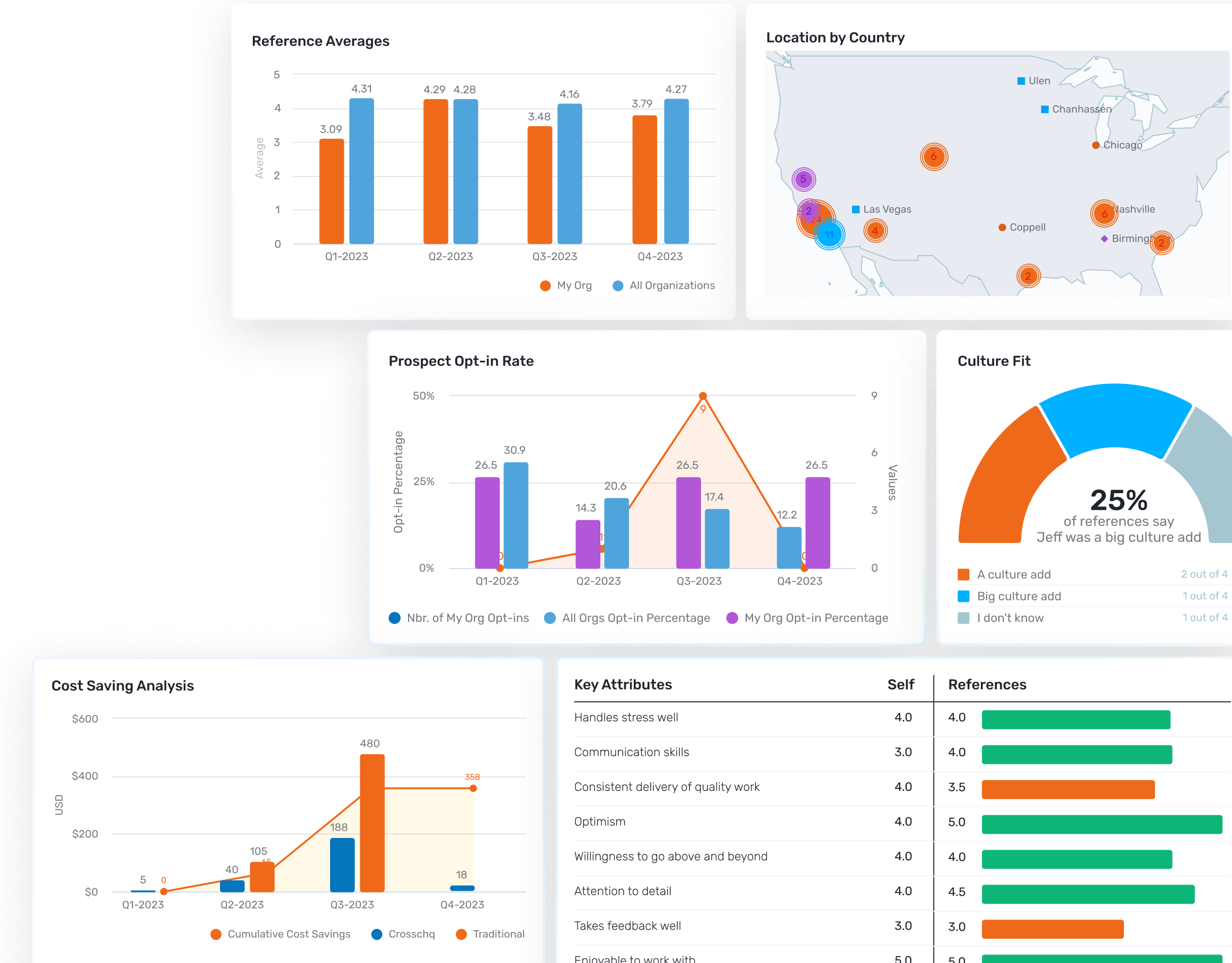
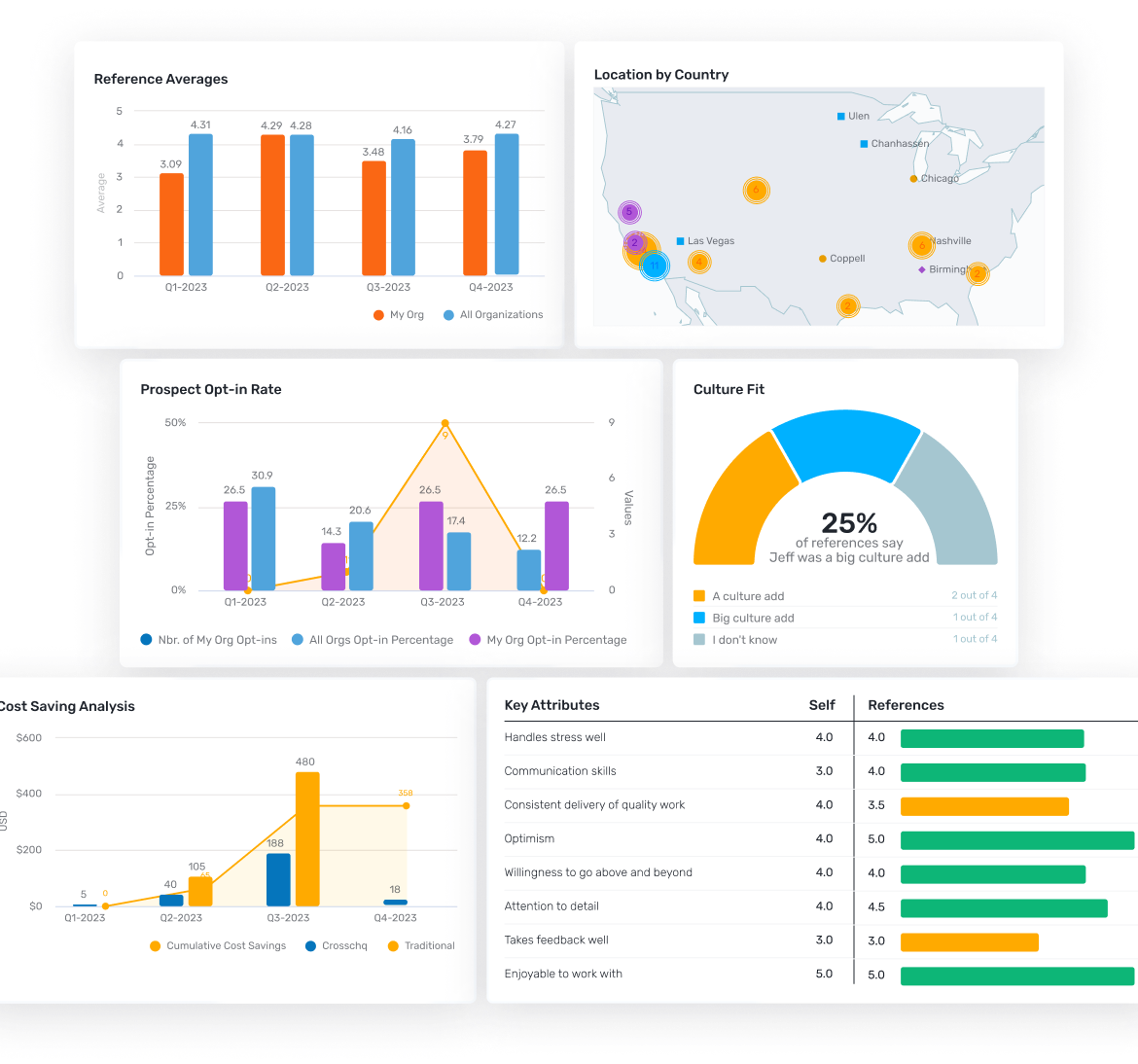

%20-200x43.png)
